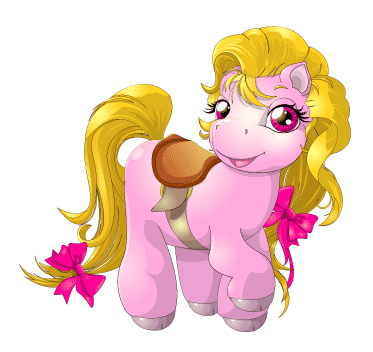Lesson 4: Learning from Examples — Case Studies on IP Licensing and IP Enforcement
The following three case studies illustrate how some companies use licensing and/or enforcement strategies for competitive advantage.
While these companies are all large companies, remember that they all had a “beginning“ — and would have started small. They would have begun with a modest IP portfolio and would have developed more sophisticated IP strategies as their businesses grew.
case study 1: Licensing: Hasbro Inc., MY LITTLE PONY

“Reinvent, reignite, reimagine.” — Brian Goldner, CEO, Hasbro Inc.
Hasbro Inc. (Hasbro) is a multinational corporation which, according to its website, is “committed to Creating the World’s Best Play Experiences.” It produces toys and board games as well as television programs and digital games for children and families. Hasbro has an extensive IP portfolio and it is acutely aware of the value of its IP and the need to protect it. Hasbro uses a mixture of enforcement and licensing strategies to protect its rights.
In their own words:
We rely on a combination of trade secret, copyright, trademark, patent and other proprietary rights laws to protect our rights to valuable intellectual property related to our brands in the United States and around the world.…Our failure to successfully protect our intellectual property rights could significantly harm our business and competitive position.1
Hasbro has adapted its traditional enforcement and licensing strategies in light of the evolving needs of the industry within which it operates. The company has remained nimble and responsive to a changing environment brought about by the popularity of some of its toys and television programs.
One of its very popular brands is the My Little Pony series of toys, games and cartoon programs. Although its target audience is younger children, My Little Pony has become an almost “cult-like” favourite among teens and young adults. These fans of My Little Pony have developed their own ponies in drawings or in three-dimensional sculptures and have written fan-fiction stories involving the Hasbro pony characters. They have posted some of their fan fiction on YouTube and have circulated their stories through fan-fiction websites. Hasbro has generally taken a liberal view of these activities and has not made claims in respect of its IP, except where it has had serious concerns that a particular activity was diluting its trademarks.
Recently, fans have begun to use 3-D printing technology to manufacture their own pony characters to complement Hasbro’s existing ones. These activities would generally be considered to be infringing on Hasbro’s copyright rights. However, in the toy and entertainment industries in which the company operates, aggressive enforcement strategies against fans can be counterproductive — you don’t want to lose your fan base but you also don’t want to allow rampant disregard for your IP.
SO, IF YOU “CAN’T BEAT THEM, JOIN THEM“
One can stamp on molehills — shut down websites, deliver takedown notices to YouTube, ultimately sue your potential audience. Or one can find ways to use the momentum to promote the brand.2
Hasbro has entered into a similar relationship with an online clothing retailer, WeLoveFine, whose motto is “for fans, by fans.” This retailer sublicenses with the artists on behalf of Hasbro. The site then sells licensed clothing bearing the fans’ designs.
1 Hasbro, 2014 Annual Report at 36, online: <https://investor.hasbro.com/static-files/171c6051-78f8-4342-b89f-365fb1fe67c2>.
2 Daniel Nye Griffiths, “SOPA, Skyrim and My Little Pony — Infringement is Magic?“, Forbes (19 January 2012), online: <www.forbes.com/sites/danielnyegriffiths/2012/01/19/skyrim-ponies-sopa/>.